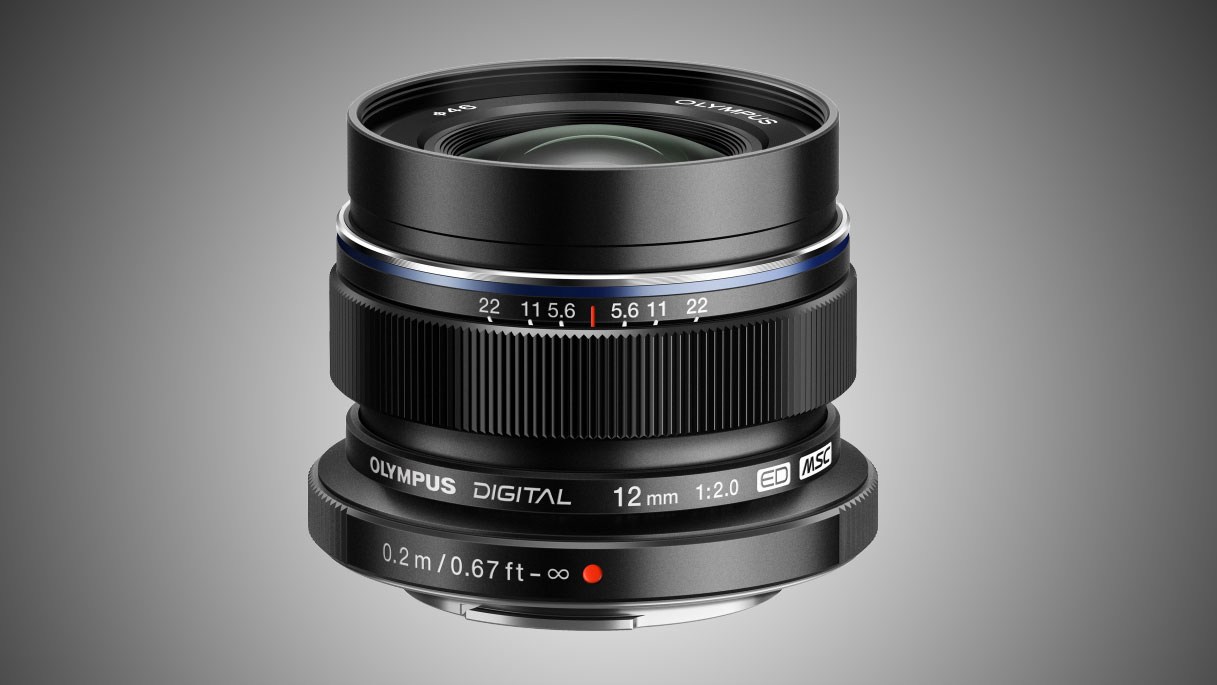TechRadar Verdict
The Olympus acquits itself pretty well in nearly all areas of build quality, although on the optical side vignetting is very noticeable at f/2.
Pros
- +
Small but nicely engineered
- +
Smooth and silent MSC autofocus
- +
Good sharpness across the frame
Cons
- -
Square lens hood costs extra
- -
Vignetting at f/2
- -
moderate levels of distortion
Why you can trust TechRadar
Mount: Micro Four Thirds | Construction: 11 elements in 8 groups, 7 diaphragm blades | Closest focus distance: 20cm | Filter thread: 46mm | Autofocus: stepping motor autofocus | Dimensions: 56 x 43mm, 130g
Typical of Olympus MFT (Micro Four-Thirds) lenses, this one is physically quite small but very nicely engineered. It's from the 'Premium' range of Olympus lenses and is available in silver or black, featuring a stylish but tough metal barrel that plays host to 11 elements. Of these, specialist elements include one aspherical, one DSA (Dual Super Aspherical), one ED (Extra low Dispersion) and one Super HR (High Refractive index).
ZERO (ZUIKO Extra‑low Reflection Optical) coatings are applied to reduce ghosting and flare. However, the rectangular hood designed for this lens has to be purchased separately and it's not cheap at nearly £60.
Autofocus comes courtesy of an MSC (Movie Stills Compatible) system that's smooth and silent in operation. Akin to many Tokina lenses, the manual focus ring has a push-pull clutch or 'snapshot' mechanism, as Olympus calls it, which enables you to pull back the focus ring to switch from autofocus to manual focus. This action also reveals a focus distance scale printed on the barrel that ties in with a depth of field scale listing apertures between f/5.6 and f/22.
Performance
True to its claims, autofocus is pretty rapid for stills and enables smooth focus transitions during video capture. The electronic 'fly-by-wire' manual focusing mechanism operates with good precision. Sharpness is both good and very even across the whole image frame, right into the very corners, even when using the widest available aperture of f/2. Vignetting is very noticeable at this aperture, but becomes much less of an issue at f/2.8.
Test results
Sharpness: The sharpness chart provides an indication of lens performance across the focal range (for zoom lenses) and at different lens apertures.

The Olympus 12mm f/2 provides good levels of sharpness and compares well with other lenses of this type.
Sign up for breaking news, reviews, opinion, top tech deals, and more.
Fringing: Levels of colour fringing are about average for this class of lens, and perfectly acceptable. Lower scores are better.
f/2.2: 0.15
f/2.8: 0.2
f/5.6: 0.37
f/8: 0.35
f/11: 0.25
f/16: 0.32
f/22: 0.21
Distortion: -1.38
There's a little more barrel distortion than from the Panasonic 14mm lens but, then again, the viewing angle is considerably wider. Negative values indicate barrel distortion, positive values indicate pincushion distortion, and figures closes to zero are best.
Verdict: The Olympus acquits itself pretty well in nearly all areas of build quality, although on the optical side vignetting is very noticeable at f/2.
